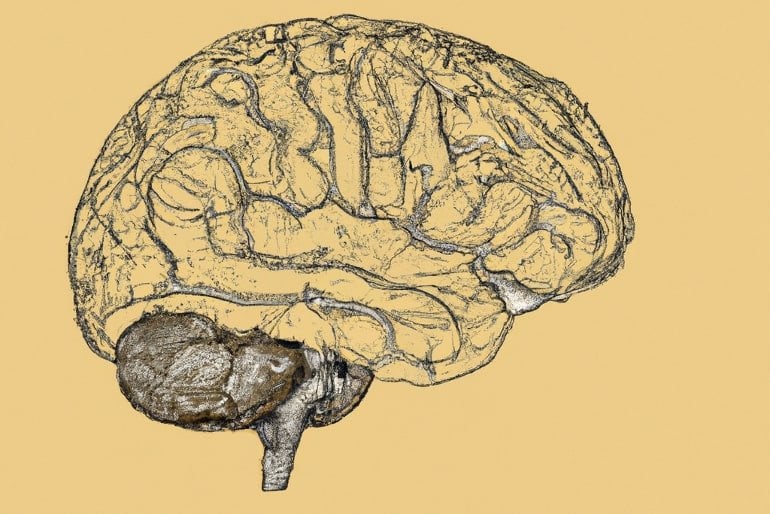Autism spectrum disorder (ASD) is a complex neurodevelopmental disorder that affects communication, behavior, and social interaction. Although there is no known cure for ASD, researchers continue to study the condition to better understand its causes and potential treatments. In this article, we will explore the latest research on the relationship between language and gray matter in individuals with ASD, and how this information can help us develop a better understanding of the disorder. We will also discuss how artificial intelligence (AI) could be of help in this precise case.
The Link Between Language and Gray Matter in ASD
Recent research has found that individuals with ASD tend to have less gray matter in certain areas of the brain that are responsible for language processing. Gray matter refers to the brain tissue that contains the cell bodies of neurons, which are responsible for processing and transmitting information within the brain.
In a study published in the journal Cerebral Cortex, researchers used magnetic resonance imaging (MRI) to examine the brains of both children with ASD and typically developing children. They found that the children with ASD had less gray matter in areas of the brain that are important for language processing, such as the left inferior frontal gyrus and the left superior temporal gyrus.
These findings suggest that the language difficulties often observed in individuals with ASD may be related to differences in the structure and function of these brain regions.

Implications for Understanding and Treating ASD
The link between language and gray matter in individuals with ASD has important implications for understanding and treating the disorder. By identifying the specific brain regions that are affected in individuals with ASD, researchers can develop more targeted interventions that address the underlying neurological differences.
For example, AI algorithms can be used to analyze MRI scans and identify patterns that may be associated with ASD. This can help identify individuals who are at risk of developing the disorder before they exhibit symptoms. Additionally, AI can be used to develop computer-based interventions that are tailored to the specific needs of each individual with ASD. These interventions can be personalized to target the specific areas of the brain that are most affected by the disorder, improving the effectiveness of treatment.
In conclusion, research has shown that individuals with ASD tend to have less gray matter in certain areas of the brain that are responsible for language processing. This link between language and gray matter has important implications for understanding and treating the disorder, as well as for identifying individuals at risk for the disorder at an earlier age. As researchers continue to study the brain differences associated with ASD, AI can be of great help in developing more targeted and effective interventions for individuals with the disorder. By utilizing AI algorithms to analyze MRI scans and developing personalized computer-based interventions, we can help improve the lives of those with ASD and their families.

